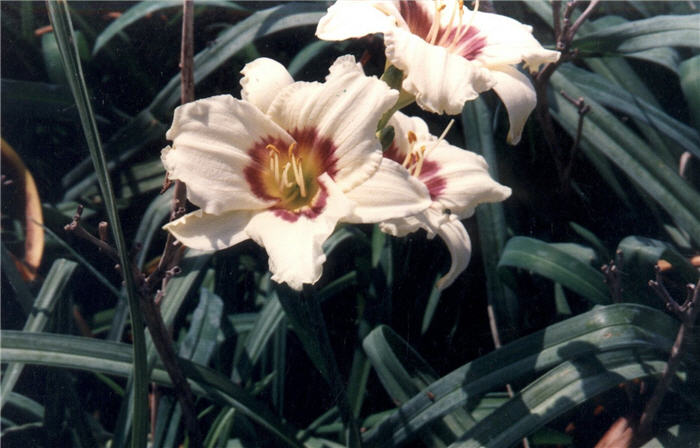| Botanical Name: Hemerocallis 'Pandora's Box' | |
| Common Name: Pandora's Box Daylily |

-
Anatomy
-
Culture
-
Design
Plant Type
Ground cover, Perennial
Height Range
1-3'
Flower Color
Pink, Yellow, Multi-Colored
Flower Season
Summer
Leaf Color
Green
Bark Color
n/a
Fruit Color
n/a
Fruit Season
n/a
Sun
Full, Half
Water
Medium
Growth Rate
Fast, Moderate
Soil Type
Sandy, Clay, Loam, Rocky, Unparticular
Soil Condition
Average, Rich, Poor, Well-drained, Dry
Soil pH
Acid, Neutral, Basic
Adverse Factors
n/a
Design Styles
English Cottage, Formal, Japanese, Mediterranean, Ranch, Spanish, Tropical
Accenting Features
Showy Flowers, Unusual Foliage
Seasonal Interest
Summer
Location Uses
Entry, Perennial Border, Shrub Border, Foundation, Parking Strip, Patio, Parking Lot, Walkways
Special Uses
Container, Erosion Control, Mass Planting, Naturalizing, Small Spaces
Attracts Wildlife
Birds, Hummingbirds, Butterflies, Wildlife
Photographer: Greenwood Daylily Gardens
-
Description
-
Notes